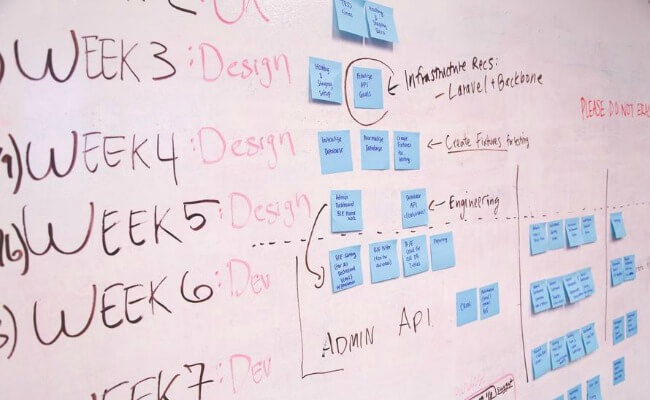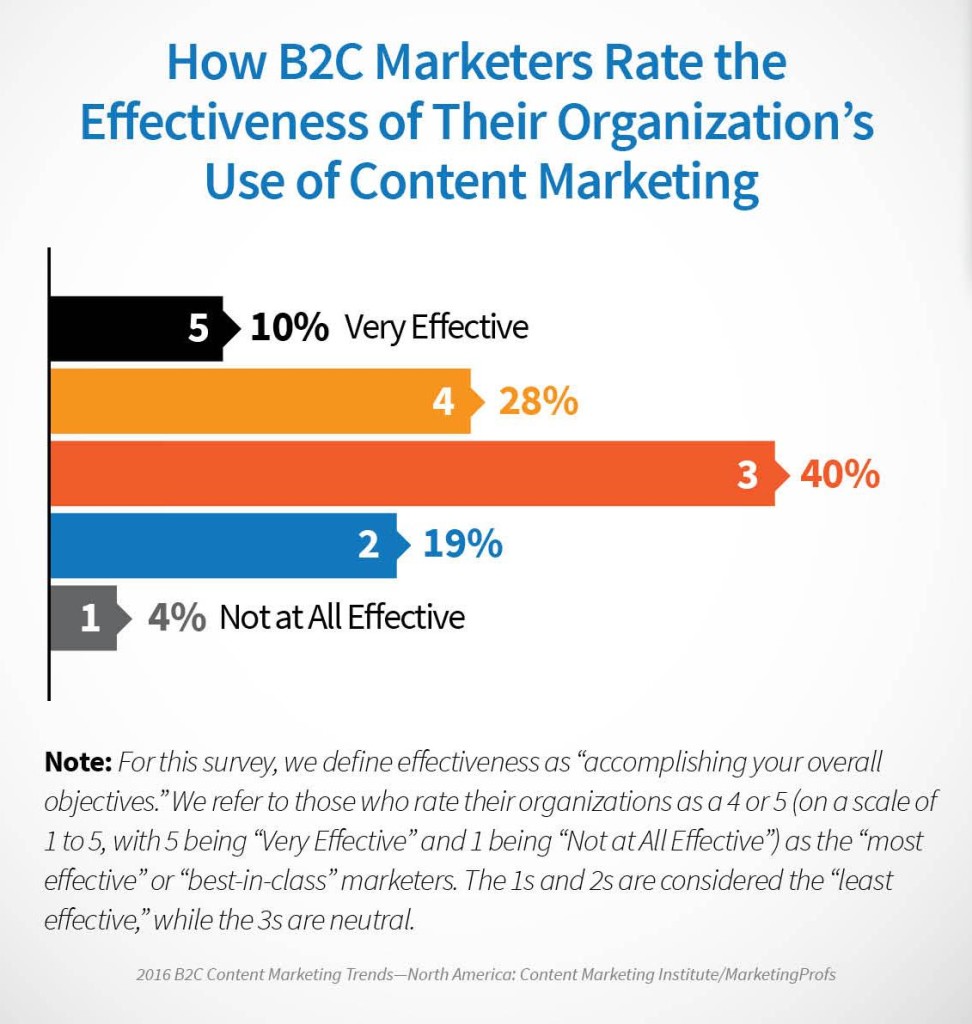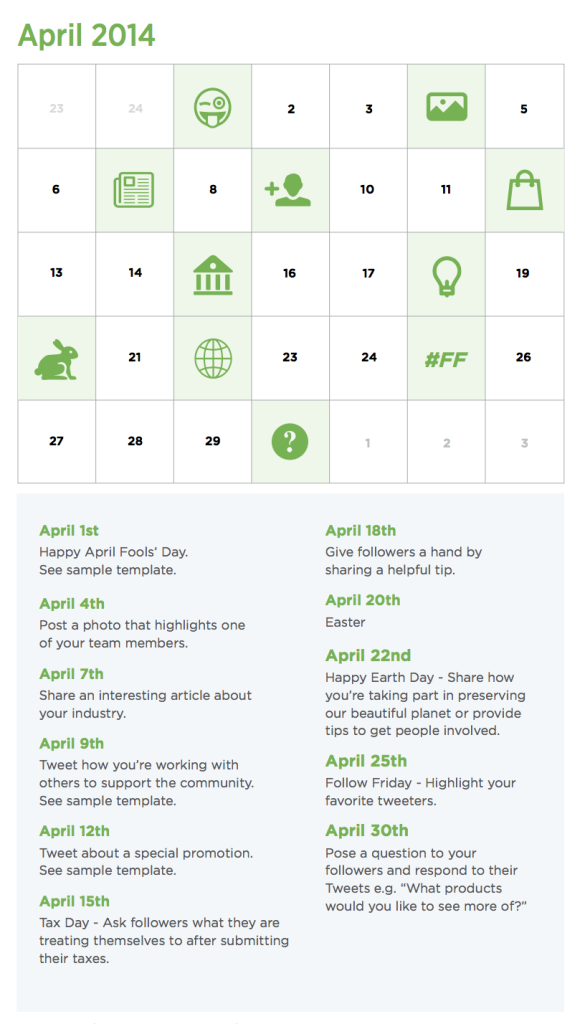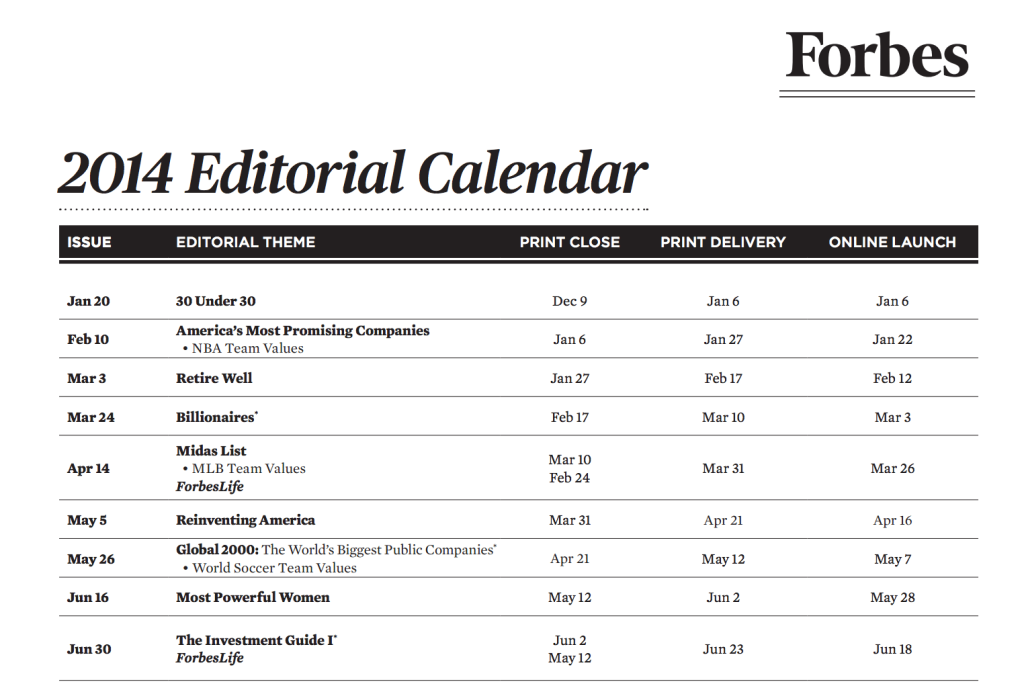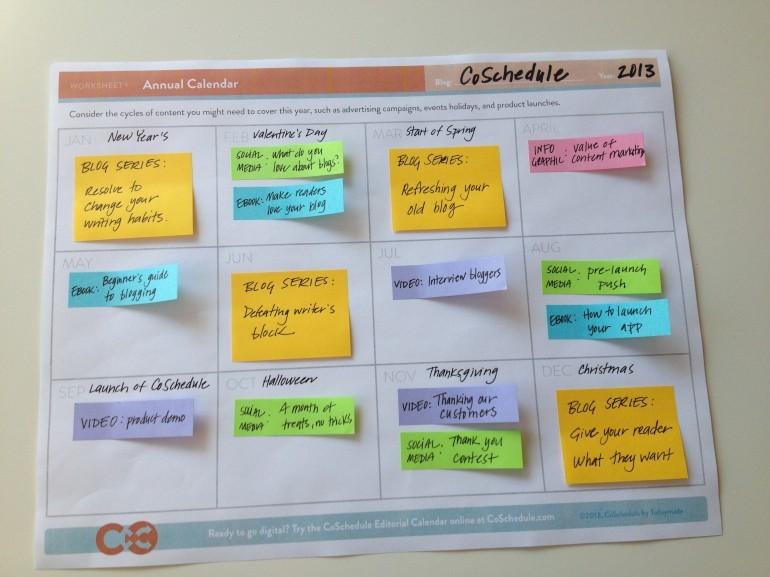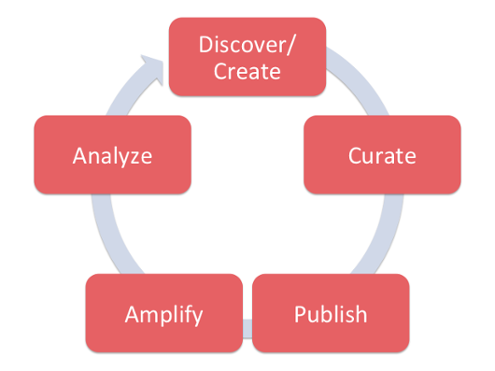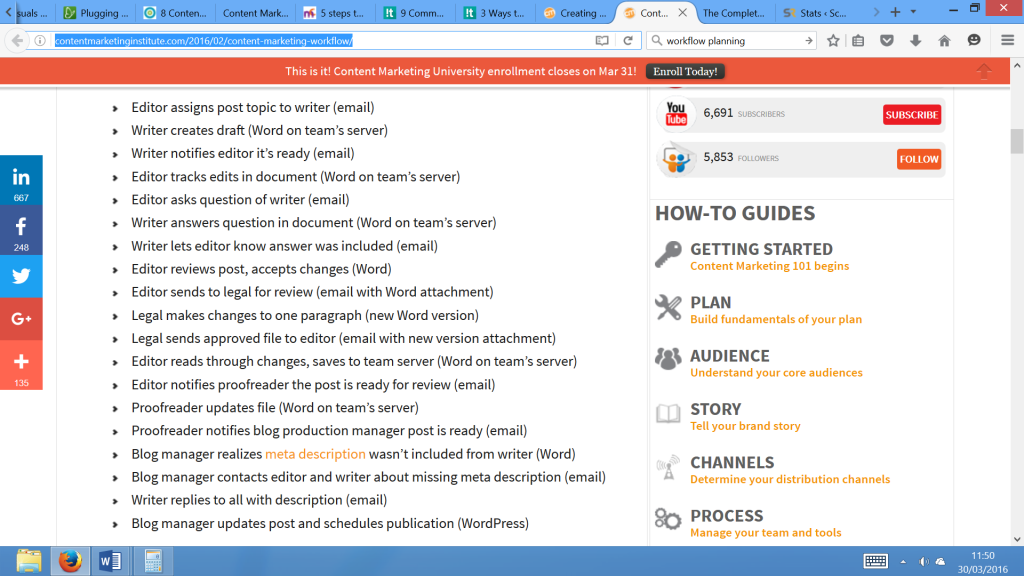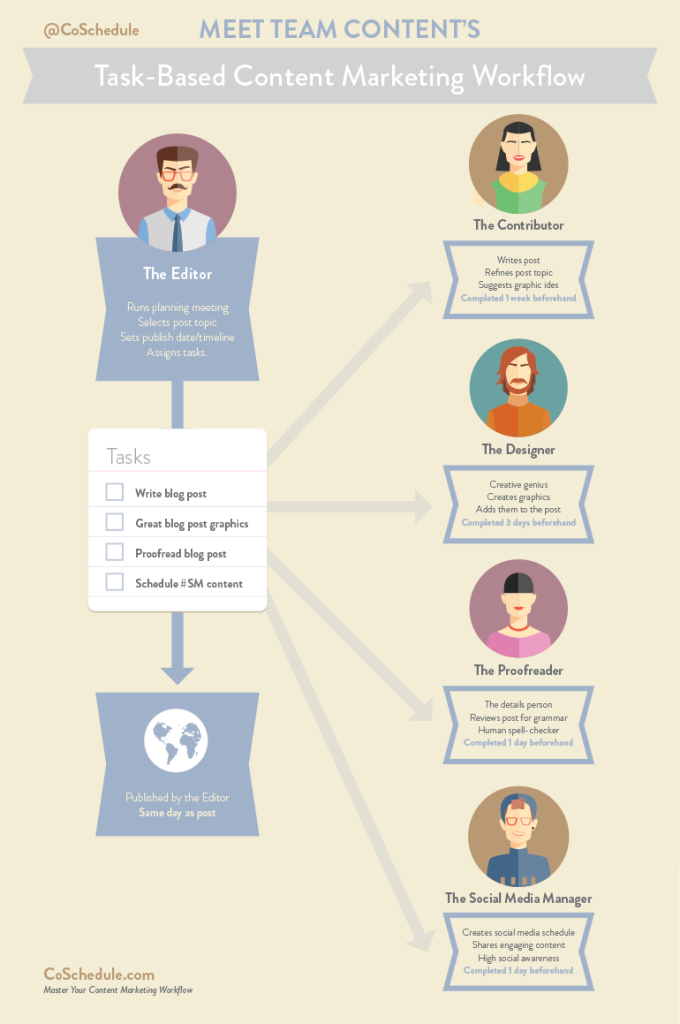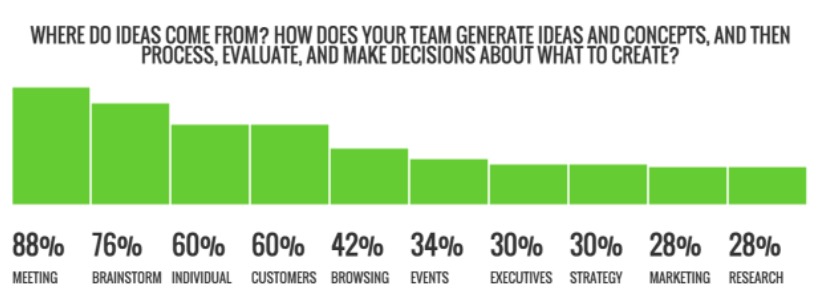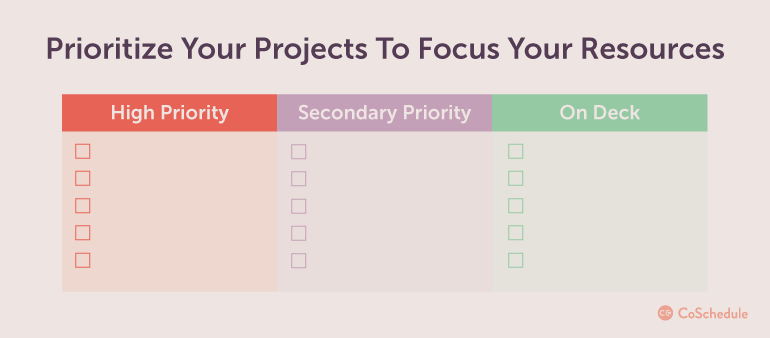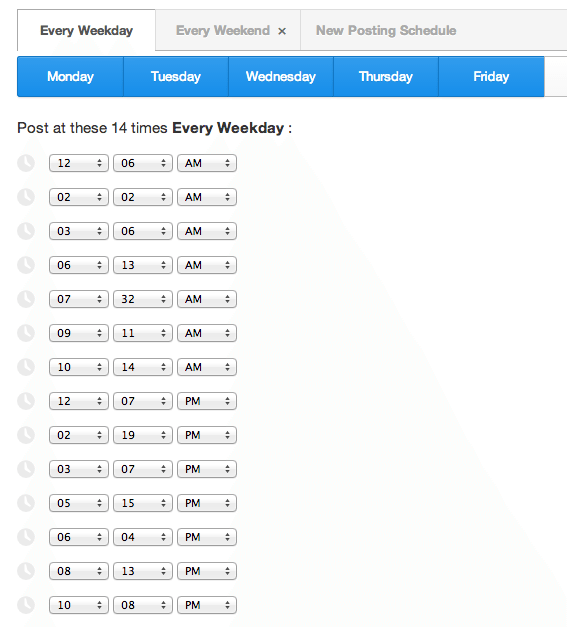Content marketing can be a chaotic experience when things aren’t planned out in advance.
It’s not enough to have a documented content marketing strategy: you need to be sure that your plan is efficient and well organized.
- While 88% of marketers now include content marketing as part of their strategy, only 32% have a dedicated, documented content strategy.
- Only 38% of B2C marketers feel that their content marketing strategy is effective.
These numbers aren’t a coincidence: the more detailed and comprehensive your marketing strategy is, the more effective it will be.
To really hack your content marketing efforts and get the most out of your strategy, it’s important to plan your workflow to make effective use of all the resources at your disposal.
- Through focusing on tight deadlines and planning in advance, you can shave time off your content creation process, making it easier to get high quality content out to the people who will benefit from it.
Here are a few steps you can take to make sure your content marketing machine is running as efficiently as possible.
The Big Picture: An Editorial Calendar
It’s easy to get things confused when dealing with a multifaceted content campaign.
- Keeping track of all the work that needs to be done takes a lot of careful organization.
- Even when things are planned out, unexpected or unforeseen bumps in the road can either slow down or distract content creation.
To keep everything in your campaign running smoothly and to ensure you’re making the best use of your time and resources, it’s critical that you have an editorial calendar.
A well laid out editorial calendar lets you plan ahead not just for what content you’re going to publish, but also to make sure you’re using every opportunity to create topical, relevant content.
- A good calendar will include key dates and events that are approaching in the coming months so you can prepare accordingly.
- The best kinds of calendars will provide a visual representation of your schedule so you’ll be able to easily spot gaps in your calendar, or events that should be taken into account.
There’s no right or wrong way to set out your calendar as long as it’s clear what’s happening when, and what upcoming deadlines will affect which projects need to be prioritized.
Many experts recommend starting with a broad-strokes annual plan that takes into account all the key events for your industry, including:
- Holidays
- Conventions or trade shows
- Days of cultural significance.
Then you can focus down to more specific monthly plans to ensure that you’re hitting smaller targets for weekly and daily content creation, while keeping the big picture in mind.
Through careful planning of your workflow, and aided by the visual representation of your upcoming efforts in an editorial calendar, you can make sure that everything happens when it should and you’re working on the right projects at the right time.
Create a Consistent Process
While not all content creation will follow the same formula each time, there are plenty of elements of your process that will be similar for every project.
To help make sure you know exactly what needs to be done at any given time, it’s useful to plan out your process in advance.
- Use checkboxes to help you know what needs to be done at each stage of content creation, and how far through a piece you are.
As with your editorial calendar, start with vague, big categories – the steps you know you’ll be taking every time you create content.
Once you’re aware of the basic segments of every piece of content, you can set specific goals and time limits for completing them.
Plan out every individual step that will be needed to complete your content, including what form of work will be required and, where possible, an approximation of how long each step will take.
Remember:
- It’s best to be as thorough as possible at this stage.
- List every single tiny step that’s involved with each piece of content.
- These will likely differ between projects, but the more you can plan out a standard checklist, the better.
- As you go through the content creation process, tick off each little step.
Thorough planning is the key to a streamlined workflow – you’ll know exactly what needs to be done and when it needs to be completed, leading to faster work, and a higher quality of finished content.
Assign All Tasks in Advance
This step is important if you’re working with a team of content creators.
You want to make sure that everyone involved in your project knows what their jobs are and when they should be completed.
- Whether your team is large or small, there can be miscommunication issues between team members.
- Even in tiny teams, there will likely be a different person handling distribution or social media, and these people need to know what’s expected of them and how the content should be utilized for maximum effect.
Regardless of the size of your team, there are various jobs that will need to be performed to ensure your content creation is streamlined. These include:
- An editor to oversee the project
- A contributor to create the initial content
- A designer to produce the visuals for the content
- A proofreader or checker to ensure that everything is accurate and well presented
- A social media manager to distribute the content across the internet.
While one person might tackle several of these jobs, each role is necessary – and the tasks related to each job should be kept separate.
Nothing will derail a project quicker than one person not being sure what jobs they need to do:
- If a designer is waiting on the editor to be given instructions, the visuals won’t get done.
- If both the editor and the contributor think the other is handling changes to an initial draft, there will be delays as the workflow is ironed out.
For this reason, it’s important to assign out all of the tasks on the work checklist to make sure that every task will be completed in good time, so that people aren’t waiting for each other to finish parts of the project.
Getting the team together regularly is an important part of making sure that the workflow is running smoothly.
- Team meetings will allow members of the team to spot areas where the workflow is falling down.
- These meetings will also be fantastic for idea generation – 88% of marketers believe that the best ideas come from team meetings, and 76% believe they come from team brainstorming sessions.
Set Firm Deadlines
Whether you’re dealing with huge content projects or relatively small campaigns, it’s easy to let things slip.
- Without a rigid, fixed content schedule entire pieces of content can end up late or being left unfinished.
- If every stage of your project has a series of smaller deadlines to work towards, though, it’s easier to ensure that no piece of content ends up running late.
With each individual step in your content process planned in advance, it helps to pick specific milestones or deadlines to work towards with each stage of the project.
Prioritize the most important elements of the project first, and make sure that the order of work reduces waiting time between different assignments.
Make sure that every member of your team knows what they need to do in advance, and when it’s expected for them to have completed their assignments.
- Small assignments throughout the project should add up to larger goals.
- This will help all team members to feel that they have accomplished something regularly, which is good for keeping momentum on all aspects of content creation.
Through working through checklists and having specific small deadlines in place you’re able to make sure that your project doesn’t wander off-subject and that as little time is wasted as possible.
You want work to progress quickly, and often firm deadlines will help to prevent unnecessary focus on decisions that are better made as fast as possible.
- It’s been found that having more time to make decisions doesn’t improve the choices that are made.
- Instead, often the first choice is the best – especially for keeping momentum with an aggressive update schedule.
That said, don’t be too restrictive with time: it’s important to have some flexibility to inspire creativity and the development of good new ideas.
Plan Out Distribution Methods
One of the biggest ways that an otherwise well developed content marketing plan can fall down is in its distribution.
- Focusing on creating high quality content is important, but if distribution becomes an afterthought, nobody is going to see the content that your team is producing.
- When consistent distribution of content is rushed to make room for other aspects of a content project, all pieces of content will fail to live up to their potential.
For this reason, it’s important to plan a regular, frequent schedule for drawing attention to content.
This should be incorporated into your workflow – time should be found regularly throughout the day for drawing users’ attention to online content.
Not every distribution method provides equal results and it’s easy for social media posts to get buried beneath newer content.
- For this reason it’s important to not just post content a single time, but find opportunities to frequently draw attention to a piece of content.
- It’s recommended that Twitter should be updated with links to content fourteen times a day.
- Facebook doesn’t need quite as much attention, but it should still be updated at least twice a day.
Because the schedule for distributing content isn’t always going to be the same from day to day, it’s important to document every time that something is linked to online.
That way, a consistent record will show what effects different posts might have on content popularity, and will help to keep your content workflow running smoothly.
Don’t Forget Feedback
The most important thing to remember in improving your workflow plan is that no strategy is perfect.
- While your plan and its deadlines should be rigid, it’s important to constantly update and tweak your strategy to find a more effective method of structuring your content marketing.
No matter how well your strategy is organized, there will be ways to cut out wasted time or ensure a speedier process.
As such, you should always be looking for ways to improve your workflow to minimize downtime.
- In particular, look for bottlenecks where waiting for a particular job to be finished is slowing down various elements of your content creation.
- For example, if research is taking a long time and creators or distributors are being kept waiting, assign more resources to help speed up the research jobs.
It’s helpful to get feedback from the content creation team on a regular basis, to see where things might need improvement or to find what’s working well and build upon it.
At the same time, though, be aware that sometimes it takes a while to see the benefits of a change to your workflow.
Efficiency might not always be spotted at first, as your content team get used to a new structure and workflow arrangement.
As time goes by, though, small regular tweaks to your workflow process will help to find the most efficient method of dealing with your content marketing needs.
When the Unexpected Happens
Finally, to make sure that your plan is as helpful as possible, make sure you have a contingency plan for when things go wrong.
- Allow for the occasional need to push deadlines back to improve content quality or devote more attention to a flagging project.
- Be ready to take advantage of unplanned opportunities, or change your plans when potential risks or threats occur.
As good as your workflow plan might be, don’t be afraid to deviate from it when necessary – just be sure that you have a good reason for doing so.
Through setting up a solid, tight yet flexible workflow plan, you’ll be able to hack your content marketing plan to achieve greater levels of success through efficient, organized work. Who knows you may even find time to read more great content, see a concert or plan to buy your dream getaway house 🙂
What have you found effective in your content marketing planning? What pitfalls should other marketers be aware of? Share your thoughts in the comments below:
Images: Pexels, Content Marketing Institute, Buffer, Forbes, CoSchedule, Trap.it, Content Marketing Institute, CoSchedule, Convince and Convert, CoSchedule, CoSchedule, Buffer, Pexels, Flickr.



